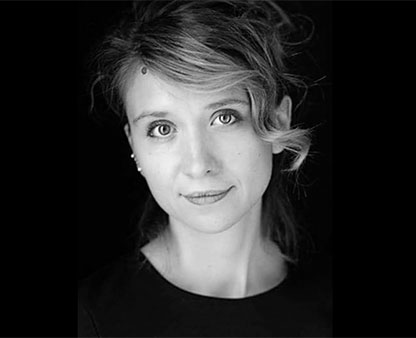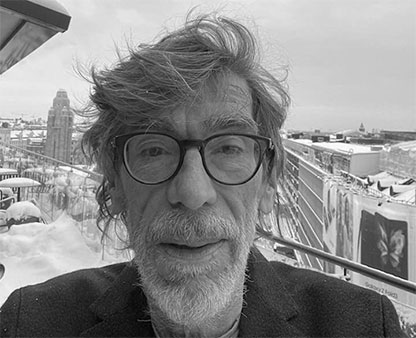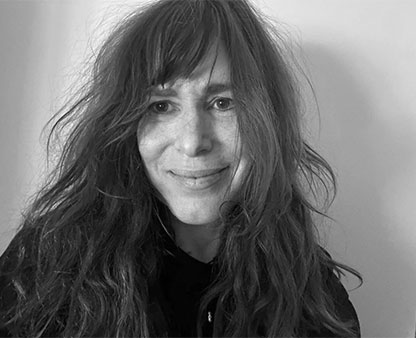Thank you to Cinemateket in Copenhagen who, in collaboration with the Copenhagen Photo Festival and Danish writer, filmmaker and beat expert Lars Movin, organised the Robert Frank program here in June. And thank you to Lars Movin for sharing his knowledge and his personal anecdotes with us when introducing the films. This was the first big Robert Frank retrospective and also the first official screening of the legendary Rolling Stones documentary Cocksucker Blues (1972) on Danish ground. 15 of Robert Frank’s films and 3 about him.
I was in for a small marathon last Saturday. First the documentary Leaving Home, Coming Home – A Portrait of Robert Frank (2005) by Gerald Fox, a rare intimate portrait, since Robert Frank has never been keen to being filmed or interviewed. Then the feature-length hybrid film Me and My Brother (1968) and last, a collection of his later short films The Present (1996), I Remember (1998), Paper Route (2002), True Story (2004/2008) and Fernando (2008).
Me and My Brother was a slap in my face. It opens up with a very disturbing scene that takes you right to the bottom of a deep and complex matter. Soon it is turned into a film within the film and becomes a sort of meta-reflection and investigation into the questions: how do you film other people, how do you use others in your art, how do you use yourself, what do you make money from, how does it feel to be filmed, what does it do to you, when are you yourself and when are you acting. It is a hybrid film, mixing real life with staged acting, colour with black & white, at times the characters are “played” by themselves and at other moments by actors.
Originally, Frank was set out to make a film adapting Allen Ginsberg’s poem Kaddish, written about his mentally ill mother. But over time, the project becomes a film about Ginsberg’s partner Peter Orlovsky’s brother Julius, who after having spent 15 years in a psychiatric hospital is let out and left in care of his brother. So the setting is Julius, a catatonic schizophrenic, living with Peter Orlovsky and Allen Ginsburg. The film is about how to live with and among mental illness, about how the brother Peter deals with it, and in this way – maybe – it becomes indirectly an adaption of Ginsberg’s poem. And at the same time it is a film about Frank’s doubts about filming this.
It sounds wild and it is. It is radical and most unique. Avant-garde and uncompromising, not as a stylistic or artistically experimental take, but because it is necessary for a purpose: a search for truth.
Suisse photographer Robert Frank (born 1924) emigrated to America in 1947. He became friends with the Beat Generation and famous with the groundbreaking photographic book The Americans (1958). He then starts to make films. The short film Pull My Daisy (1959) is the first, written and narrated by Jack Kerouac.
Robert Frank uses himself in his work, but in a way where the private and personal never becomes confessional. His family plays an important role, his two children, Andrea and Pablo, in particular. He lost them both; Andrea died 20 years old in a plane crash in South America in 1974, Pablo, who suffered from schizophrenia, died in 1994. His later work explores the themes of loss, pain and memory, the past and the present.
Lars Movin used a Dylan-quote referring to Robert Frank setting aside all rules with Me and My Brother: “To live outside the law, you must be honest” (hinting that this is not always the case, especially nowadays). And honest is maybe the most precise word to describe this immense oeuvre that has now been opened up to me.
“It has to do with life more than with art” says Robert Frank himself in an interview in connection with his exhibition at the Jeu de Paume in Paris in 2009 https://www.youtube.com/watch?v=H6CVyWCVgFg .
Cinemateket closed up for the summer showing Candy Mountain (1988), Robert Franks only feature-length fiction film made together with Rudy Wurlitzer. A perfect road-movie, pure joy and quite a bit of wisdom too…
If you can’t wait for the next retrospective, here are some shortcuts:
A great part of Robert Frank’s films, writings and photo books are edited by the distinguished German publisher Steidl. Among them Me and My Brother, a book with stills and dialogue and a DVD inside:
https://steidl.de/Books/Me-an-My-Brother-0409414457.html
Conversations in Vermont (1969), where Robert Frank visits his two children at their boarding school, is made available to the public online through the brilliant Internet Archive:
https://archive.org/details/cbpf_000051_p2#
Candy Mountain exists in a French DVD edition released by Blaq Out in 2013. Please check out the trailer, it’s a gem!:
https://www.youtube.com/watch?v=6pOu9piFAIg
http://www.blaqout.com/film/candy-mountain-2


